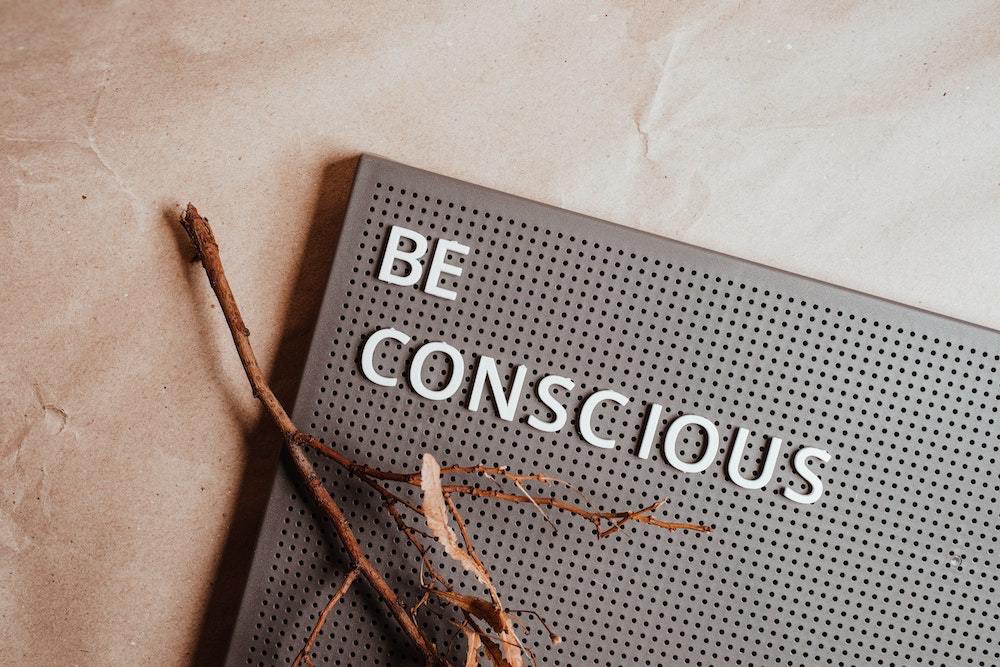The words that we use matter. Language holds incredible power, and harnessing it is a delicate process that requires hard work from both authors and editors. The fascinating thing about language is that it’s always changing and evolving alongside our societies, cultures, and ideologies. This is especially true of more sensitive (and powerful) language, like the kind we use to describe things like appearance, race, ethnicity, gender, and sexuality. Choosing the right words and using them well can uplift, empower, and support even our most vulnerable communities, but using the wrong words can just as easily do them harm. With this in mind, it is imperative that editors educate themselves on the best practices of conscious editing.
Before we dive into conscious editing, let’s discuss conscious language. To put it simply, this is language that has been thoughtfully chosen with an eye toward how the writing will be perceived by readers from various backgrounds. Karen Yin, founder of the Conscious Style Guide, describes it as “kind, compassionate, mindful, empowering, respectful, and inclusive language.” Regardless of what kind of copy you are editing, it will only benefit you to ensure that the words are carefully chosen by the author with an eye toward the way readers will perceive and interpret them. If an author has not considered how their writing might affect different groups who may encounter their work, it is the editor’s job to bring it to their attention in a respectful, yet firm way.
How does one edit consciously? One of the first steps is to consider what harm a manuscript or piece of copy is capable of producing. Here are some questions to ask:
- Does it contain language, descriptions, or dialogue that reinforces racist, anti-fat, homophobic, or xenophobic ideas?
- Does it rely on harmful stereotypes of a particular group to make a point?
- If a person or group is portrayed in the piece, how will they feel when they read it?
- How will those portrayals affect others’ views of these people?
During this step it is important to consider your implicit biases—especially if you are a white, able-bodied, cisgender editor. Step outside of yourself and think about how this writing might affect more vulnerable communities. If the piece has the potential to cause harm, let the author know. Harmful portrayals often find their way into an author’s work without their explicit intention, so explaining it to them and offering suggestions for revision is essential. If the author is aware that their piece might do harm and refuses to revise it, or if the author explicitly intends to do harm, reconsider whether you want to be part of the project at all.
The best way to edit consciously is to make it a standard practice within your work and continuously educate yourself on best practices using reputable resources. The Conscious Style Guide is an excellent starting point, as is the Diversity Style Guide. Overall, being a conscious editor involves being aware of how language changes over time and updating terminology appropriately, self-education of your own biases and how to combat them, and a willingness to use your work to support equity and social justice.

